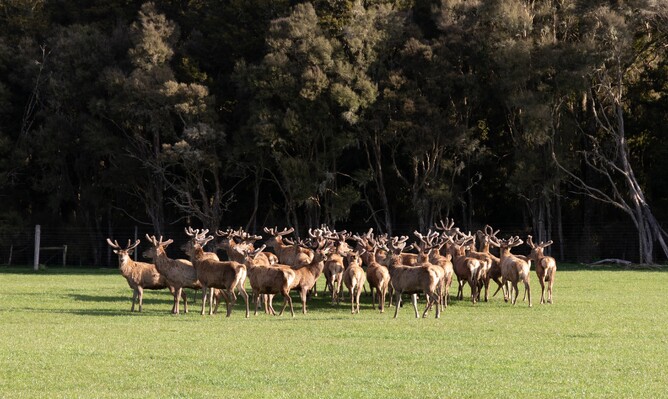For most deer farms the threat of internal parasites represents one of the most significant animal health issues that their animals and business will face. At this time of year fawns are beginning to eat significant amounts of grass and with it, they will be developing a worm burden. Having had a Spring and Summer that have been mild and wet, it is likely parasites will be around in heavier numbers than during the dry Summers of the last two seasons. Hence, some farms will need to think about a first drench relatively soon. The drench story has been a frustrating one for many years amongst deer farmers, with few ‘on label’ drenches to choose from and parasites that rapidly developed resistance to the few choices available. This has meant a lot of ongoing use of ineffective drenches, or the need to move to alternative drenches which default to a 91 day meat withhold.
At present the gold standard deer drench (regardless of age class) has been a mix of equal parts Oxfen C and Oxfen C Plus, given at 1 mL per 5 kg orally, and given a 1 mL per 50 kg injection of Cydectin or Exodus (10 mg/mL versions) at the same time. This combination has been the only way of getting each of the 3 drench families in the right concentration to kill the common deer parasites.
However this mix does come with a 91 day meat withhold. In 2020 we are expecting the release of a new oral triple combination drench for deer onto the market. This drench hopes to achieve similar efficacy to the recipe listed above, but as an official drench will have a meat withhold period of hopefully around 21 days - meaning it can be used on yearling animals or others which are being considered for slaughter. This is an exciting step for the industry. To protect the efficacy of this new drench it will be important to utilise all of the other farm management tools at our disposal. For example:
- Cross-grazing, where another species (sheep or cattle) are used to help decrease the amount of deer parasite larvae on pasture.
- Refugia, where some deer on farm are not getting drenched in order to be putting out ‘susceptible’ parasites onto pasture to dilute any ‘resistant’ parasites which have survived a drench.
- Employing a grazing system where deer are not forced to be grazing down to low residuals (< 1600 kg DM/ha). This allows deer to eat the best grass (maximise growth rates) without eating so many parasite larvae.
- When drenching:
- - Always use a triple combination drench
- - Always dose to the weight of the animals
- - Do not use a pour-on
- Joel Hughes

